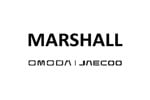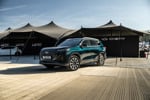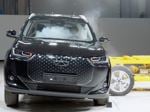 |
Margin, stock turn and gross profit metrics are the traditional ways to measure the success of a franchised dealer’s used car operation. However, Tim Peake, Trader Media Group strategy director, believes they are no longer enough and that dealers who do not act may lose out.
“Changes in consumer behaviour mean new metrics should be considered, such as desirability rating, cost to retail and price position,” he said. “They can establish if a car is in demand in the local market, recommend the price at which it should be bought to give a realistic margin and determine the optimum selling price.”
Additional metrics can strengthen a used car operation by ensuring correct stock profile at the right price with a healthy margin, meaning an increase in stock turn and gross profit potential. A survey of 10,000 used car operations with 10-plus stock volumes by Deltapoint, a division of Trader Media Group, supported this.
Peake said the survey revealed an average stock turn of 8.5 and an average margin of £1,661. A dealer with 10 cars would have a gross profit potential of £141,180. But the top 25 dealers surveyed had a stock turn of 16.3, almost double the average, with a margin of £1,529. A 10-car forecourt with these metrics has a gross profit potential of £249,280.
“These results should encourage dealers to use market data intelligently, but many still either don’t or won’t and they are in danger of getting left behind,” said Peake.
“There is strong demand for lower-priced cars and dealers should consider offering entry-level stock to attract new customers who wouldn’t normally think of buying a used car from a franchised dealer.”
He said franchised dealers started stocking older cars during the recession, attracting buyers aged 18 to 20: “If someone buys a five- or seven-year-old Ford Fiesta they may stick with the dealer for their next buy. Research shows 25% are brand-loyal.”












Login to comment
Comments
No comments have been made yet.